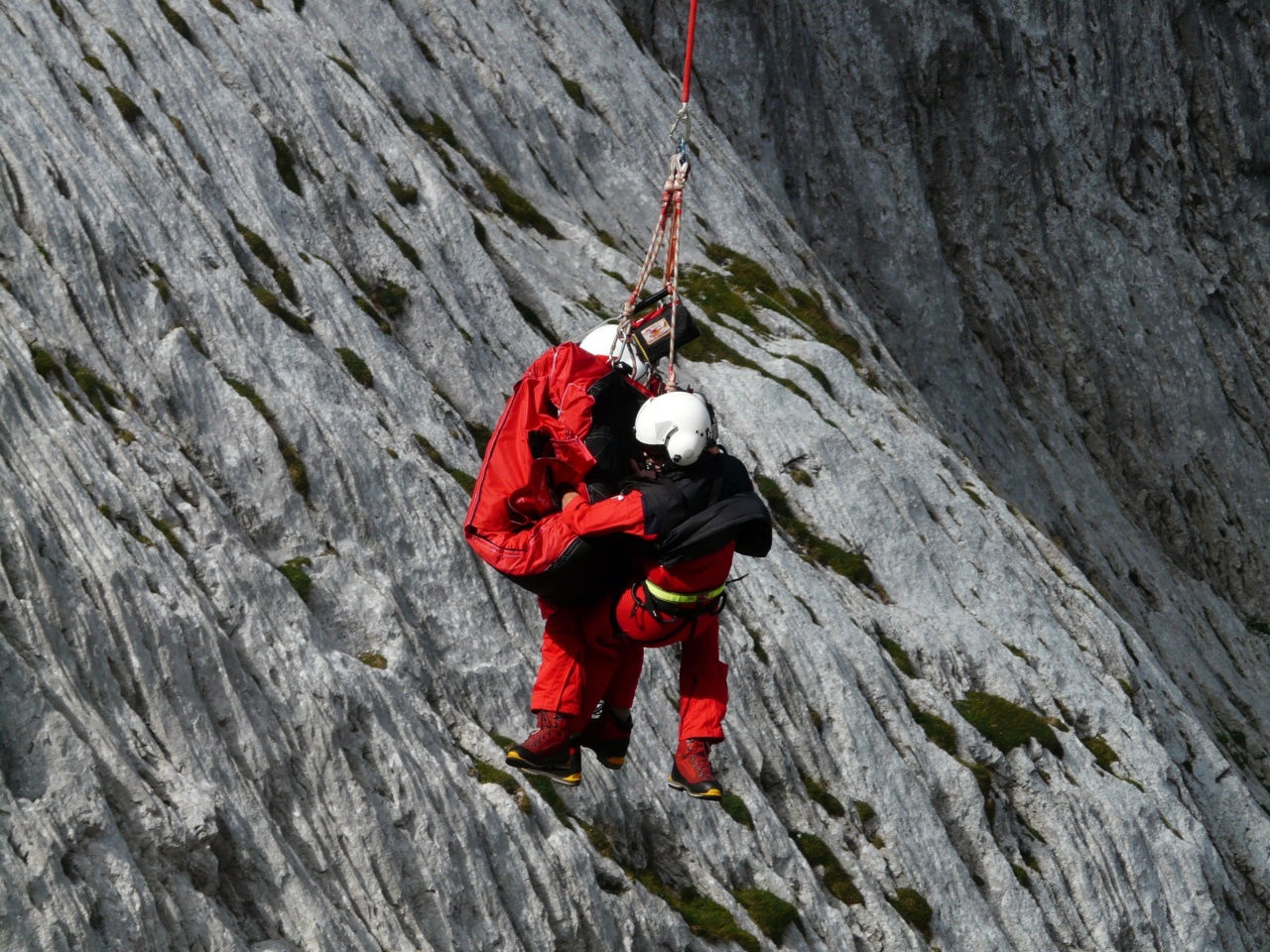Infarction, commonly known as a heart attack, is a life-threatening condition that occurs when the blood supply to a part of the heart is blocked.
Multiple factors have been identified as potential contributors to the risk of infarction, including high blood pressure, smoking, and obesity. However, recent studies have discovered a surprising connection between snow and an increased risk of infarction. In this article, we will explore this intriguing phenomenon and shed light on the underlying mechanisms.
1. Cold Weather and Cardiovascular Events
Cold weather has long been associated with an increased incidence of cardiovascular events. The frigid temperatures constrict blood vessels, which can raise blood pressure and put additional strain on the heart.
This can be particularly dangerous for individuals with pre-existing heart conditions, such as coronary artery disease. Snow, with its association with icy and low temperatures, further exacerbates these risks.
2. Physical Exertion and Snow Shoveling
One of the main reasons snow increases the risk of infarction is the physical exertion required for activities such as snow shoveling. Shoveling snow is a strenuous activity that puts a significant amount of stress on the cardiovascular system.
It causes a rapid increase in heart rate and blood pressure, which can trigger a heart attack in individuals with pre-existing heart disease or risk factors.
3. Cold Air and Oxygen Demand
Inhalation of cold air during snowy conditions can lead to an increased demand for oxygen by the heart. The cold air constricts the airways, reducing the amount of oxygen available to the body.
This, in turn, puts extra strain on the heart, as it needs to work harder to meet the increased oxygen demand. For individuals with compromised heart function, this added stress can be detrimental and increase the risk of infarction.
4. Increased Blood Clotting
The risk of blood clot formation is heightened during snowy conditions. Cold temperatures can promote the aggregation of platelets, the cells responsible for blood clotting.
Additionally, snow shoveling and other physically demanding activities can cause small injuries to blood vessels. These injuries can trigger the formation of blood clots, which can then block the blood flow to the heart and result in an infarction.
5. Emotional Stress and Winter Blues
Winter blues, or seasonal affective disorder (SAD), is a type of depression that is more common during the winter months. SAD can lead to a range of emotional and physiological changes, including increased stress levels.
Emotional stress has been shown to have a significant impact on cardiovascular health, as it can raise blood pressure and heart rate. Snowy conditions and the associated challenges, such as transportation disruptions and isolation, can contribute to heightened emotional stress, further increasing the risk of infarction.
6. Limited Access to Medical Care
During heavy snowfalls, accessing medical care can become extremely challenging. Snow-covered roads and transportation disruptions can delay or prevent individuals from reaching hospitals or receiving emergency medical assistance.
These delays can be detrimental in the case of an infarction, as timely treatment is crucial for minimizing heart damage and improving survival rates.
7. Snow-Related Injuries
While not directly linked to infarction, snow-related injuries can indirectly contribute to an increased risk of heart attacks. Slippery walking surfaces and snow-related accidents can cause fractures, sprains, and other injuries.
These injuries can lead to prolonged periods of inactivity and limited physical mobility, which can increase the risk of blood clots, further heightening the risk of infarction.
8. Prevention and Precautions
Despite the increased risk, there are several steps individuals can take to minimize the chances of infarction during snowy conditions:.
– Avoid or limit strenuous activities like snow shoveling, especially if you have pre-existing heart conditions or risk factors.
– Dress warmly, covering all exposed areas of the body to minimize exposure to cold temperatures.
– Take regular breaks and stay hydrated when engaging in outdoor activities in the snow.
– If you experience any warning signs of a heart attack, such as chest pain or shortness of breath, seek medical attention immediately.
9. Conclusion
While it may seem surprising, snow does indeed increase the risk of infarction. The cold weather, physical exertion, increased oxygen demand, and emotional stress associated with snowy conditions can all contribute to this heightened risk.
It is crucial for individuals, particularly those with existing heart conditions, to be aware of these risks and take appropriate precautions. By understanding the potential dangers and adopting preventive measures, we can enjoy the beauty of snow while prioritizing our cardiovascular health.



























